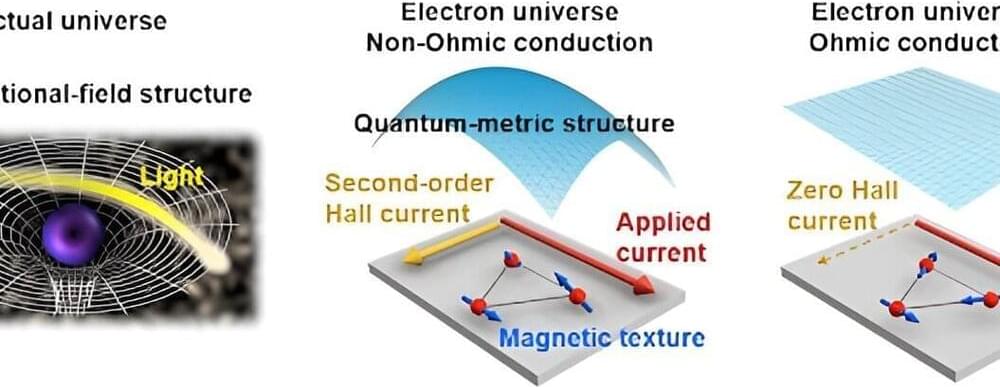The double-cone ignition scheme is a novel approach with the potential to achieve a high gain fusion with a relatively smaller drive laser energy. To optimize the colliding process of the plasma jets formed by the CHCl/CD shells embedded in the gold cones, an x-ray streak camera was used to capture the spontaneous x-ray emission from the CHCl and CD plasma jets. High-density plasma jets with a velocity of 220 ± 25 km/s are observed to collide and stagnate, forming an isochoric plasma with sharp ends. During the head-on colliding process, the self-emission intensity nonlinearly increases because of the rapid increase in the density and temperature of the plasma jets. The CD colliding plasma exhibited stronger self-emission due to its faster implosion process. These experimental findings effectively agree with the two-dimensional fluid simulations.









